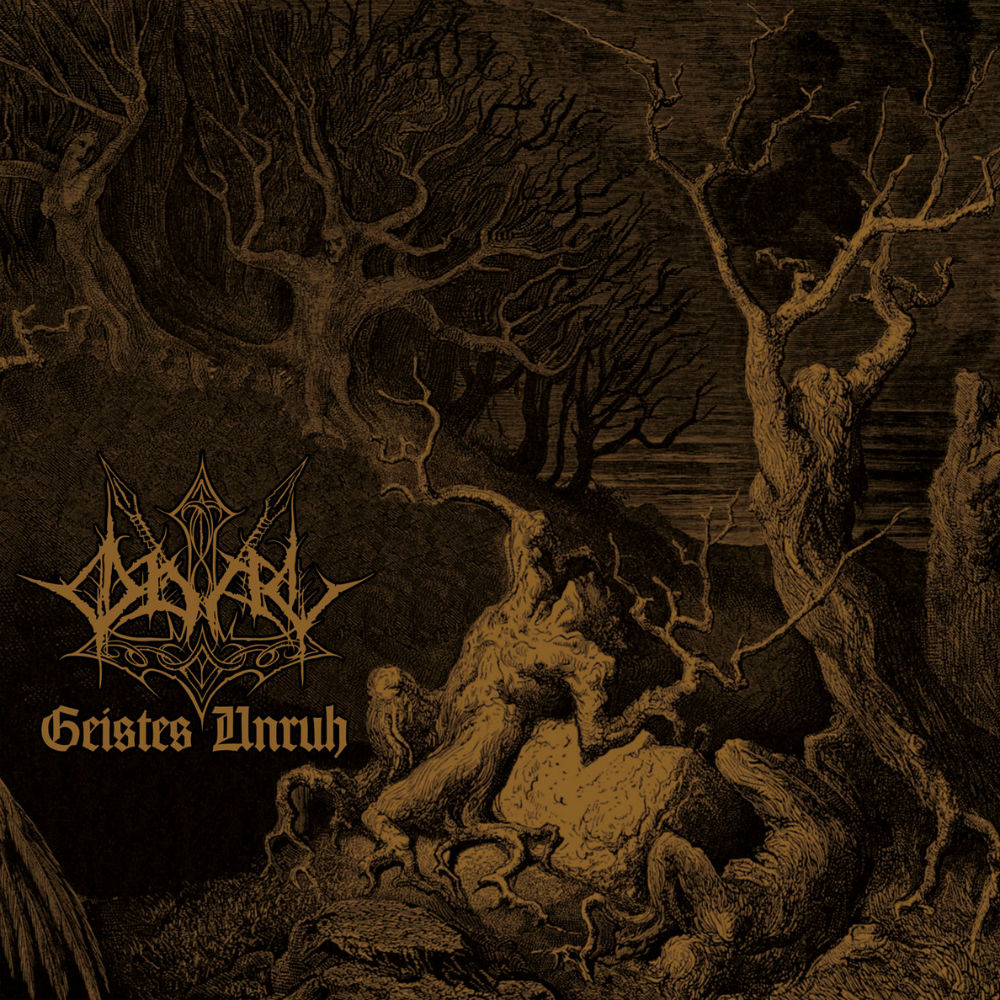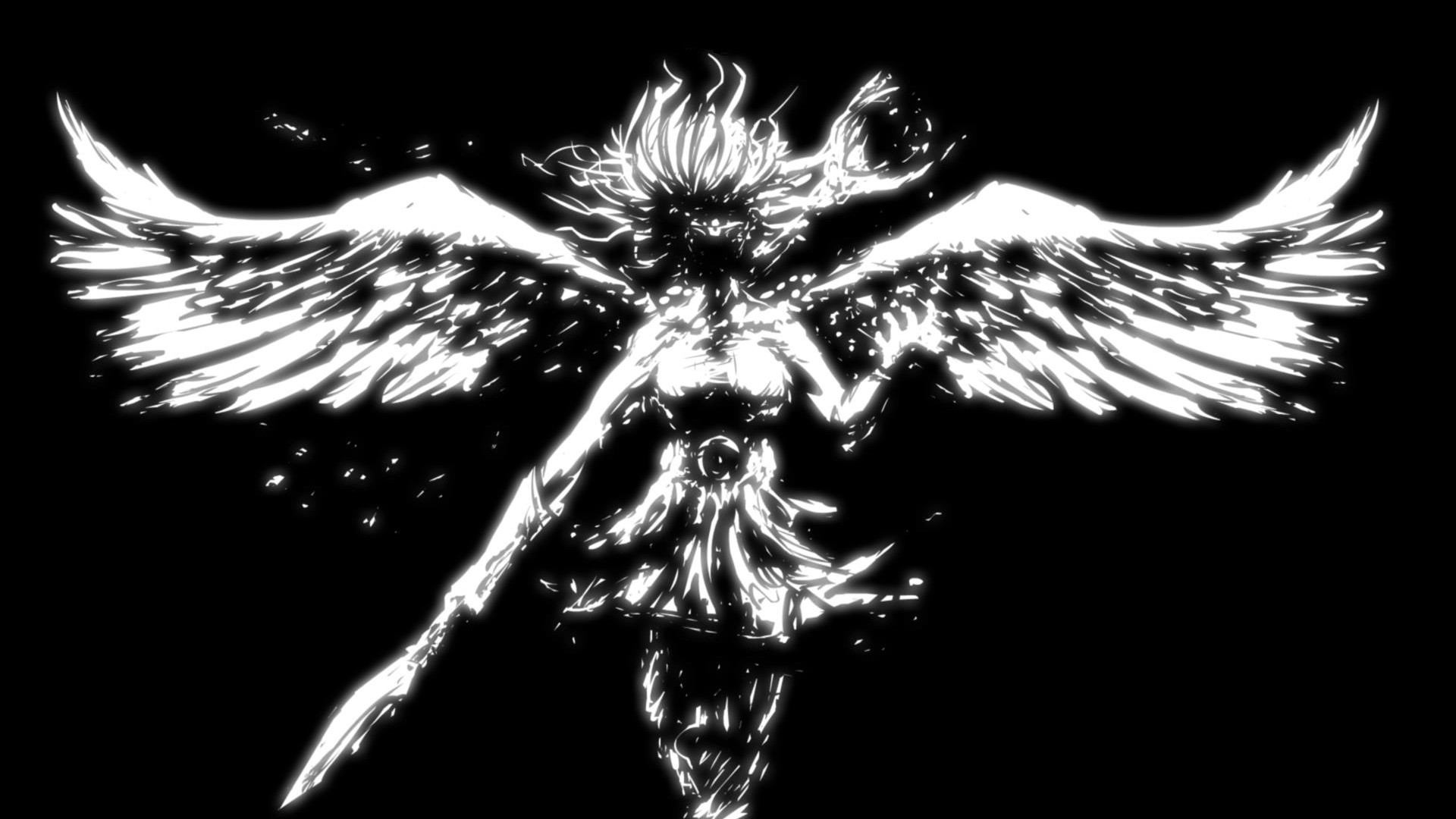

But I like to keep my lyrics very open-ended, so this is more in the form of asking questions, not preaching truth.”

They can be in animal shape, and they often reflect your personality as well. “The literal translation is ‘Companion,’ but it also means ‘Speech of the Fetch.’ This goes more in depth with the tradition of followers from the song ‘Kvitravn.’ Sometimes these followers are ancestral figures that sort of warn you or tell you when you arrive somewhere. I don’t think killing a species or destroying an entire ecosystem is the right answer.” And anything of true value in this world has costs. I know a lot of countries are struggling with these conflicts between farmers and wildlife-predators in the wild, basically-and I understand that these issues are complicated, but the song acknowledges that the cost of having predators around has a value. And it doesn’t paint a pretty picture to romanticize this issue. “The title means ‘Gray’ and this song reflects on how our relation to wolves and predators in general has developed through time. And then the man starts shouting at the mountain and the shadow replies in echoes with his own words. Then the sun goes down and of course his shadow disappears-into, in this case, a mountain.

The story is basically: A man is asking his shadow a question and gets no answer. It kind of questions our modern Western ideas that knowledge and confirmation is something predominantly acquired externally instead of internally. “It’s basically a song that tells the story of a conversation between a man and his shadow. But it also dives into this idea that when seeking knowledge outside yourself, you sort of reflect inwards at the same time.” It’s primarily related to death warnings and so on. This animal guide is connected to another recurring theme on the album, which is the skugge, which means shadow or follower. “This is the White Raven, and it’s about the tradition of spirit guides or animal guides that have been in animistic traditions as messengers or bridges between worlds. The tonality of the song is very traditional and quite closely inspired by the tonality of Norwegian folk music or traditional music, with the main instrument being the lyre.” “This translates to ‘Turn-Sight.’ The song goes very much into Nordic folk beliefs about luring forces of nature that either by use of song or other things lure you into the mountains and places like that. “And of course, as the title suggests, the white raven is a recurring theme throughout the album because it’s a central and important animal within the Norse tradition.” Below, he tells us the stories behind each song. “The album is very much about animism, our relation to nature and to something bigger than yourself,” Selvik tells Apple Music.
#WARDRUNA RAGNAROK DOWNLOAD SERIES#
Incorporating a wide range of traditional and historical instruments like soot-harp, lyre, bronze lur, and goat-horn, Selvik creates the kind of stirring and richly atmospheric songs that have landed Wardruna more than 60 placements on the History Channel’s hit series Vikings. This time, Wardruna founder Einar Selvik is joined by a group of traditional singers led by Kirsten Bråten Berg, who is regarded as one of the leading custodians of Norwegian traditional song.

With their fifth album Kvitravn, or White Raven, Norwegian folk troupe Wardruna weaves tales of sorcery, spirit animals, and ancient mythology.


 0 kommentar(er)
0 kommentar(er)
